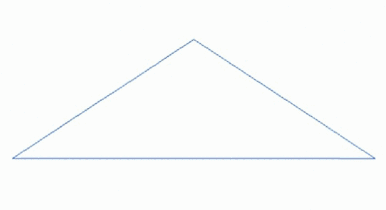Hutchinson metric
In mathematics, the Hutchinson metric is a function which measures "the discrepancy between two images for use in fractal image processing" and "can also be applied to describe the similarity between DNA sequences expressed as real or complex genomic signals".[1][2]
.png.webp)

Formal definition
Consider only nonempty, compact, and finite metric spaces. For such a space , let denote the space of Borel probability measures on , with
the embedding associating to the point measure . The support of a measure in is the smallest closed subset of measure 1.
If is Borel measurable then the induced map
associates to the measure defined by
for all Borel in .
Then the Hutchinson metric is given by
where the is taken over all real-valued functions with Lipschitz constant
Then is an isometric embedding of into , and if is Lipschitz then is Lipschitz with the same Lipschitz constant.[3]
See also
Sources and notes
- Drakopoulos, V.; Nikolaou, N. P. (December 2004). "Efficient computation of the Hutchinson metric between digitized images". IEEE Transactions on Image Processing. 13 (12): 1581–1588. doi:10.1109/tip.2004.837550. PMID 15575153.
- Hutchinson Metric in Fractal DNA Analysis -- a Neural Network Approach Archived August 18, 2011, at the Wayback Machine
- "Invariant Measures for Set-Valued Dynamical Systems" Walter Miller; Ethan Akin Transactions of the American Mathematical Society, Vol. 351, No. 3. (March 1999), pp. 1203–1225]